Trillions in Afghanistan, US guns in Mexico and banning dowries
We gather the numbers to know from the week’s biggest economic news stories so you can impress your friends.
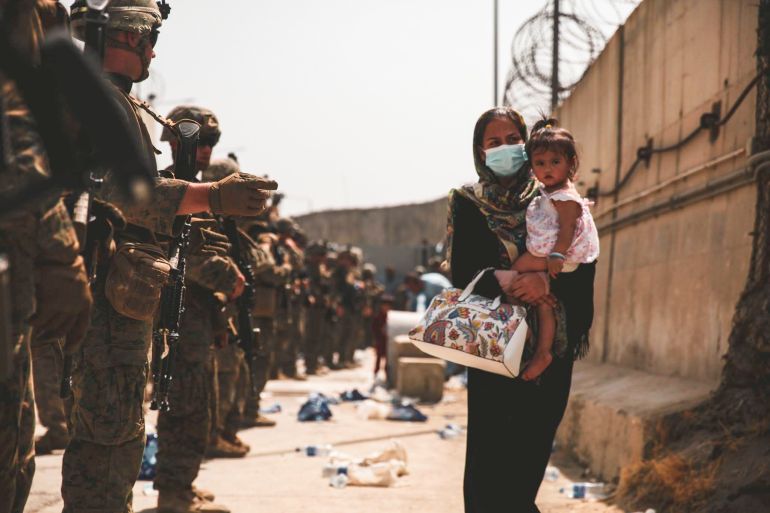
If you’re feeling like it’s been an exceptionally full news week, you’re not alone. From the anguish in Afghanistan to the earthquake devastation in Haiti to the rise of the Delta variant of the coronavirus in many parts of the world, there has been a lot to absorb.
Al Jazeera’s editors and reporters have dedicated themselves to covering every angle and development following the Taliban takeover of Afghanistan. In addition, we’ve kept our fingers on the pulse of the global economy to keep you informed about the most important stories moving markets and impacting people’s lives.
Keep reading
list of 4 itemsOil continues to fall as Fed mulls tapering, OPEC+ turns on taps
Mexico sues US gunmakers, but will it make a dent in trafficking?
Hezbollah and Israel maintain tense peace 15 years after war
We’ve collected the biggest business and economic news headlines this week by the numbers — all the way down from $2 trillion to one.
$2.26 trillion
That’s the hard-to-wrap-your-mind-around sum of money the United States spent in Afghanistan since it invaded the Central Asian nation in 2001, according to the Costs of War Project at Brown University.
First, the biggest chunk of taxpayer dollars – nearly $1 trillion – was consumed by the Overseas Contingency Operations budget for the US Department of Defense. And the second biggest – $530bn – is the estimated interest payments on the money the US government borrowed to fund the war.
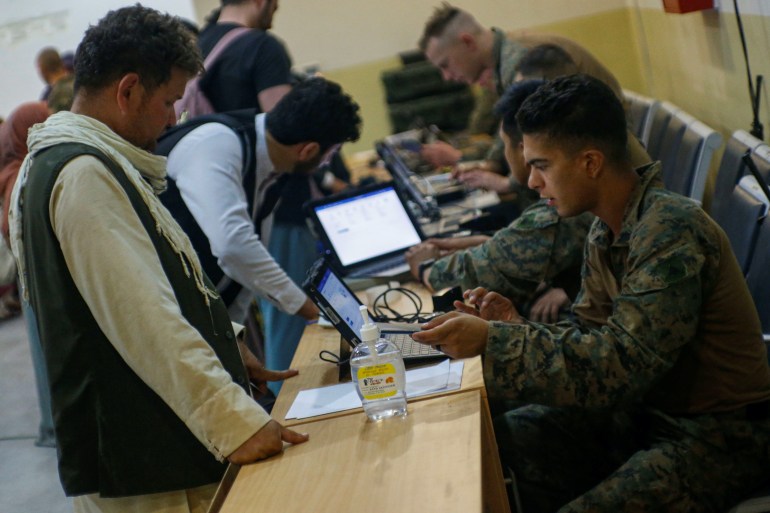
But despite the trillions the US has spent, Afghanistan still has one of the smallest formal economies on the planet. Some 90 percent of the population lives on less than $2 a day, now-exiled President Ashraf Ghani said last year.
Al Jazeera’s Managing Business Editor Patricia Sabga breaks down the cost of the war here.
$460m
That’s the amount Afghanistan is set to receive from the International Monetary Fund (IMF) when its largest-ever allocation of Special Drawing Rights (SDRs) goes into effect Monday.
But the IMF has pressed pause on letting the Taliban exchange those SDRs for hard currency. This means Afghanistan will get the funds, but much like Myanmar and Venezuela, it will not be able to access the IMF resource.
Afghanistan’s central bank assets held in the US have also been frozen. So what sources of cash does the Taliban have access to? Al Jazeera’s Business Editor for the Americas Kaelyn Forde has what you need to know here.
348,000
That’s how many Americans applied for state unemployment benefits in the US in the week ending August 14, the US Department of Labor reported Thursday.
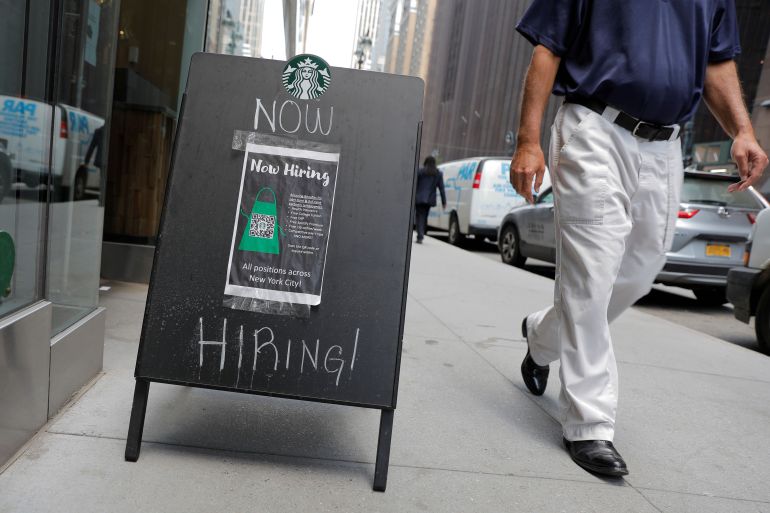
That’s down 29,000 from the previous week and a new low since the coronavirus pandemic began in March 2020. That may be a sign that the US jobs market is recovering even as cases of the Delta variant surge in some states.
The US Federal Reserve indicated in its July meeting minutes that it could also be ready to taper off some of its asset purchases before the end of 2021. We have a snapshot of the current state of the US economy here.
$10bn
That’s the sum Mexico is seeking from US gunmakers after the country filed a lawsuit in US federal court to hold several firearm manufacturers and distributors accountable for high levels of gun violence in Mexico.
The complaint argues that 70 to 90 percent of the guns recovered from crime scenes in Mexico were trafficked from the US and that the majority of them were made by six US manufacturers.
“Mexico has one gun store in the entire nation and issues fewer than 50 gun permits per year,” despite its astronomical levels of gun violence, the complaint states, adding that “a gun manufactured in the US is more likely to be used to murder a Mexican citizen than an American citizen”.
Al Jazeera’s Ann Deslandes reports on what’s at stake with the unprecedented lawsuit here.
15
That’s the number of years Hezbollah and Israel have maintained a tense peace.
The war between Iran-backed Hezbollah and Israel, often referred to as the July War, started on July 12, 2006 – days after Hezbollah operatives captured two Israeli soldiers in a cross-border raid.
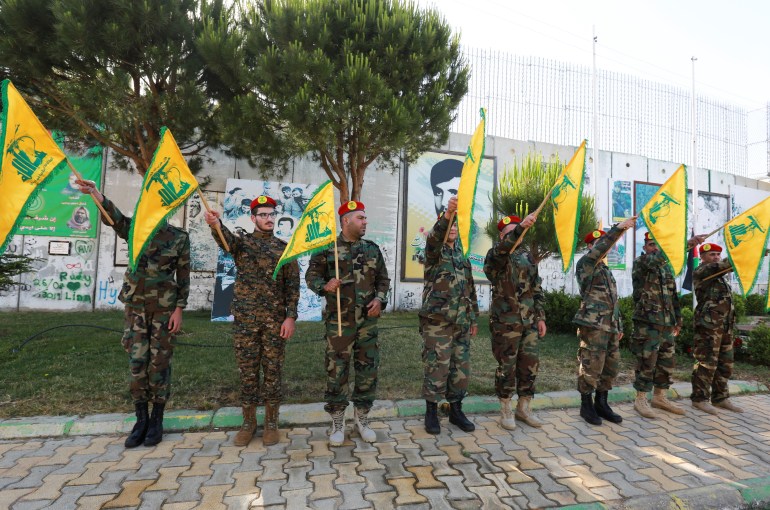
Israel responded militarily to retrieve the two soldiers and with the intent of destroying Hezbollah, the only civil war-era faction in Lebanon that maintained its arsenal.
The conflict lasted until August 14, 2006. During the month of fighting, Israeli air attacks, artillery and naval attacks killed at least 1,109 Lebanese people, the vast majority of whom were civilians, wounded more than 4,000, and displaced nearly a million people. About 250 Hezbollah fighters died in the war. Hezbollah’s rocket attacks killed 43 Israeli civilians and 12 soldiers.
Al Jazeera’s Kareem Chehayeb has more here.
One
It only takes one – village, that is. Baba Wayil, located in Indian-administered Kashmir, is bucking the trend for lavish weddings by banning dowries.
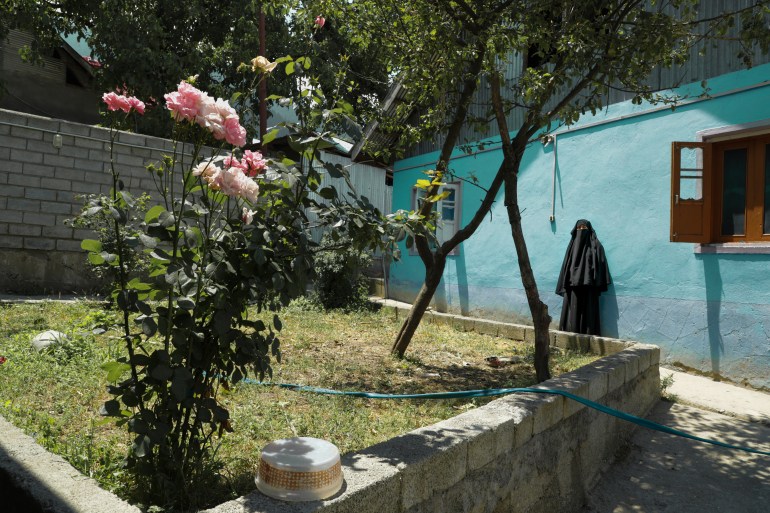
The marriage dowry – paid by the bride’s family to the groom’s – has long been an important part of Indian culture, but it has also thrown some families into crushing debt.
It is not unusual for middle-class families to spend around one million rupees ($13,340) on a bride’s dowry to reach an agreement for their daughter to be married.
But some say that the dowry system has made women into objects and can lead to “barbaric” mistreatment of them.
Al Jazeera’s Sharafat Ali has a fascinating look at the issue here.